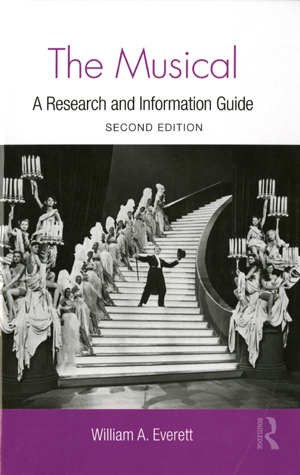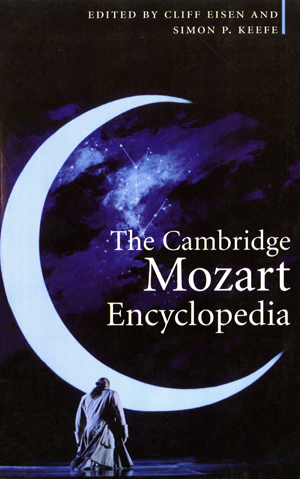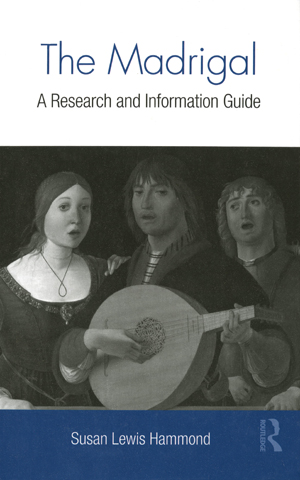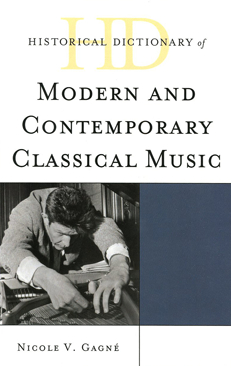Vocal Chamber Music
 Vocal chamber music carries a rich tradition in Western music and has proven to be a highly versatile genre. In 1985, Barbara Winchester and Kay Dunlap compiled an extensive repertoire guide to this broad form, approaching it from a unique angle that extends beyond simply music for one voice and a piano. Twenty-three years later, a new and updated edition has been released, providing additional resources for vocal chamber music performers.
Vocal chamber music carries a rich tradition in Western music and has proven to be a highly versatile genre. In 1985, Barbara Winchester and Kay Dunlap compiled an extensive repertoire guide to this broad form, approaching it from a unique angle that extends beyond simply music for one voice and a piano. Twenty-three years later, a new and updated edition has been released, providing additional resources for vocal chamber music performers.
One item of particular interest is the specific instrumentation that is targeted in this volume. Entries included in this edition are exclusively collaborative in nature; the selections require one to twelve voices as well as one to twelve additional instruments other than piano or guitar.
Included titles were written as early as 1650, and span until 2005. The inclusion of voicing, instrumentation, date, and publisher adds a rich context to titles that are sometimes very obscure. To aid readers further, the authors include an index of music sources for locating scores from publishers that no longer exist.
This volume will particularly be useful for vocalists and voice teachers searching for new repertoire for concerts and recitals – particularly if they desire components of increased collaboration and variety.
Hannah Johnson, research assistant








